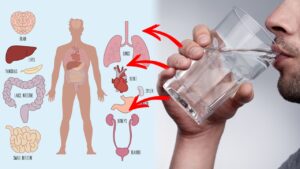Watch more How to Understand Obesity videos: http://www.howcast.com/videos/511330-How-the-Body-Stores-Fat-Obesity When you eat food, all food has calories. Calorie is a unit of energy, so when you eat food digestion begins in your stomach and then your intestines, and your body absorbs the nutrients that it needs in to your bloodstream. Throughout the day, your body will use those calories to help everyday functions of your heart, your lung, your brain, and even just going about your daily life. Whatever excess calories are not used can then be stored as fat. One place that the body stores fat is in your liver. So if you’ve ever had an ultrasound or a CAT scan, someone might have told you that you have a fatty liver. Another place that your body stores fat is just centrally, in your abdomen. This is called the omentum, that’s the fat that encases our organs. We all have that, but people have different amounts of fat depending on how much weight they’re carrying, and that’s actually the dangerous kind of fat, the kind that’s found centrally. Other people store their fat, maybe lower in their bodies, in their hips, in their thighs. This is referred to as gynecoid obesity. So while there’s different ways that the body stores fat, in order to determine if the amount of fat that you’re storing is excessive and that it puts you at increased health risk, you might want to calculate your BMI or your body mass index. And that’s the number that takes your weight and your height and forms a ratio, and helps you decide if you fall in to the obese category. A BMI of 30 or greater is considered obese and puts you at increased health risks. So these are just a few ways of how your body stores excess fat.
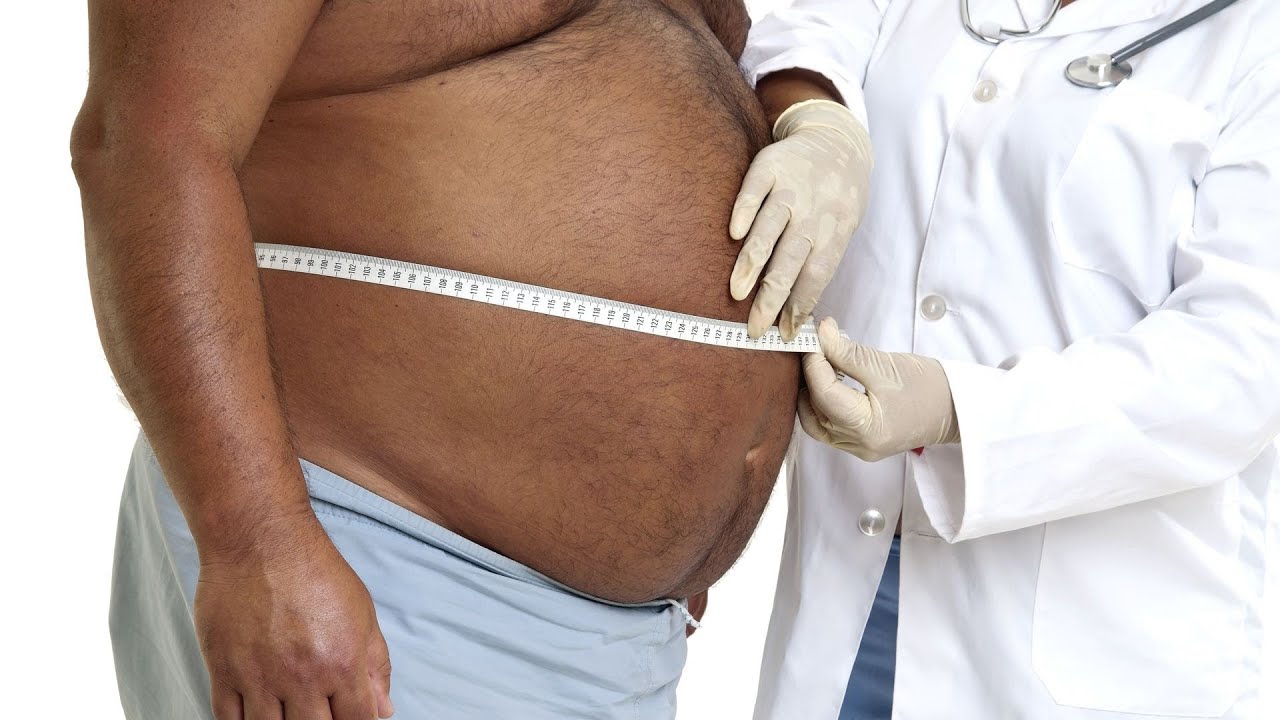
How the Body Stores Fat | Obesity
- Post author:
- Post published:May 15, 2021
- Post comments:0 Comments
You Might Also Like

What is Glutamine? | KM Supplement Facts
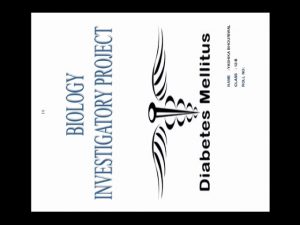
12 BIOLOGY PROJECT ON DIABETES MELLITUS!!!

Deorro ft. Chris Brown – Five More Hours | My Type Of Party: Stretching
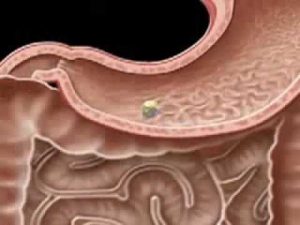
01 Liver Video

Seated Row-13

How to Do Back Extensions
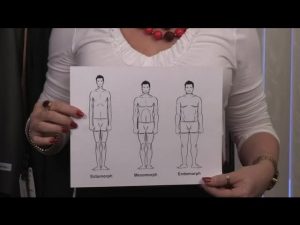
How to Dress to Flatter Your Body Type for Men : Men’s Fashion Advice

What does the term half-life mean?
Semen Analysis

Thai Massage Video – 3

Types of mineral
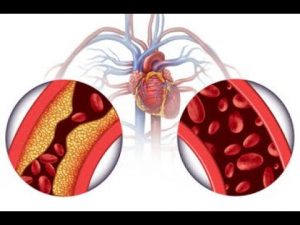
High Blood Pressure and Your Kidneys – A to Z Guide

Orthopedic Physiotherapy Video – 5

5 Reasons You NEED to LIFT LIGHT Weights!! (Important)
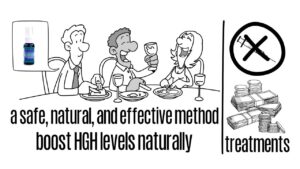
Sytropin Human Growth Hormone Supplement

Developmental Psychology Video – 2
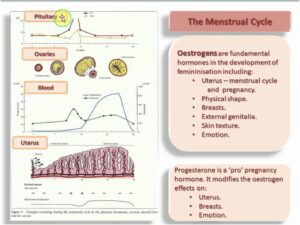
Menstrual Cycle – Hormone Control – Oestrogen Progesterone

Creatine long term side effects

Belly Fat

A Must Bicep Exercise! Preacher Curls (Hindi / Punjabi)

What is Disease? – 60 Seconds with Raymond Francis

Instructional Fitness – Shrugs Behind The Back
![Read more about the article [Level 3.5] Extreme Fat-Burning Home Workout](https://videos.drmaheshkumar.com/wp-content/uploads/2021/05/Level-35-Extreme-Fat-Burning-Home-Workout-300x169.jpg)
[Level 3.5] Extreme Fat-Burning Home Workout

How to Stretch Your Chest (AND HOW NOT TO!)

How To: Romanian Deadlift (Barbell)
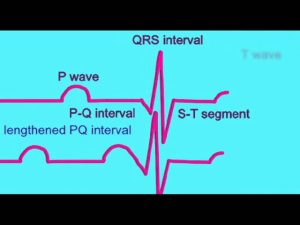
AP2 EXAM 1: ABNORMAL ECGs.avi

Anabolic Steroids – History, Definition, Use & Abuse Video – 20

Spa History Video – 3

What Is Glutamine | Benefits, side effects, And Dosage Of Glutamine | Pre Workout Drink – Hindi

Vitamins and sources

Bone Metabolism (Remodeling)

Intermittent Fasting & Fasting Video – 18

Worst Foods to Avoid That Spikes Diarrhea Again

Dumbbell Pullover-5

Yoga Guide Video – 3
![Read more about the article Top 10 Foods High In Protein [HD]](https://videos.drmaheshkumar.com/wp-content/uploads/2021/06/Top-10-Foods-High-In-Protein-HD-300x169.jpg)
Top 10 Foods High In Protein [HD]

Cialis & Erectile Dysfunction | Erection Problems

What to Eat Before and After Workout at Gym | bodybuilding tips

Anemia – Causes, Symptoms, Treatments & More…

Inhalational Route of Administration

Sports Nutrition Video – 4
